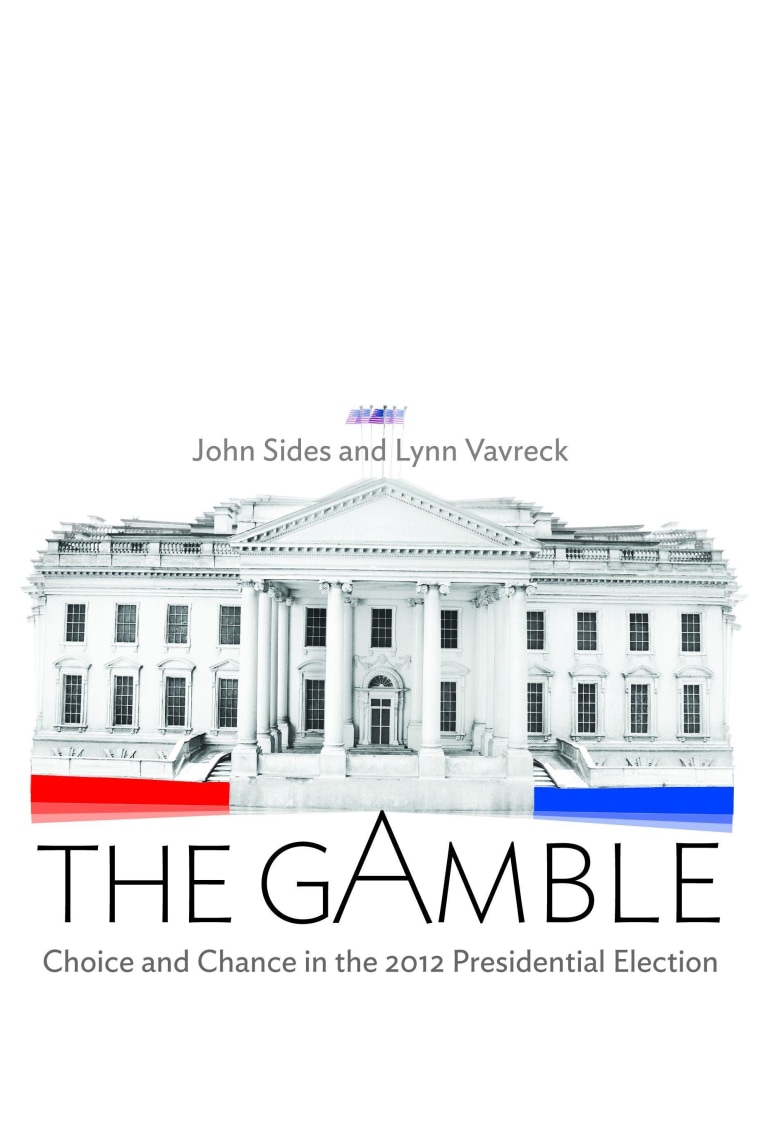John Sides who is an Associate Professor in the Department of Political Science at George Washington University will be joining the table during today's guest spot.
Below find a portion of the first of a series of free ebook chapters from John Sides and Lynn Vavreck's, The Gamble: Choice and Chance in the 2012 Presidential Election. Scheduled to be released between August and December 2012, each selection offers a rich, real-time account of the 2012 presidential election, ultimately revealing how the winner won.
We demonstrate that, as 2012 got under way, Obama was more popular than expected based on the economic conditions he faced—especially the deep recession and slow recovery. His unexpected popularity buoyed his chances for reelection because presidential elections are, partly if not primarily, referenda on the incumbent. But why was Obama more popular than the economy seemed to warrant? Part of the reason is partisan polarization: Democrats held him in especially high regard, something that had not always been true of previous Democratic presidents facing economic headwinds. Another factor was Obama the person. Despite being repeatedly characterized as cerebral and chilly, the majority of Americans saw him as warm, likable, and empathetic. A final and possibly critical factor was the willingness of many Americans, and especially political independents, to blame George W. Bush more than Obama for the state of the economy.
